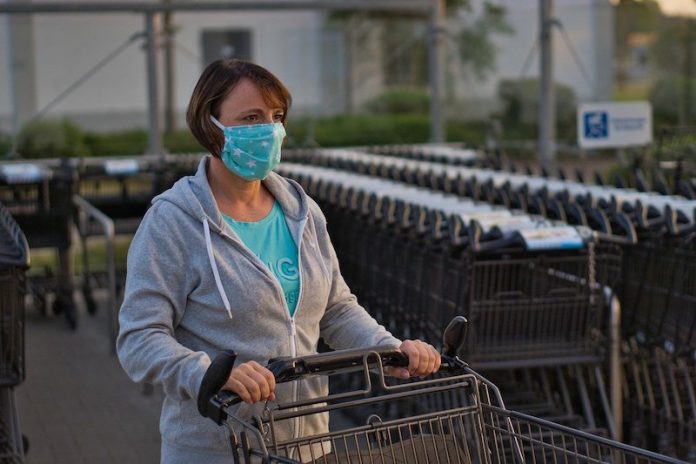
The pandemic has impacted farmers, children, plant workers and even office workers in unique ways that go beyond physical illness.
In several new studies, researchers explored these individualized effects.
The research was conducted by a team at Michigan State University and elsewhere.
In one study, researchers found the COVID-19 pandemic affected workers in the nation’s meat-packing plants disproportionately, especially in the early months.
In April 2020, meatpacking facilities were deemed an essential business and forced to remain open, but many meatpacking workers have fallen ill from COVID-19 as a result of hours spent in high-risk facilities.
This led to plant closures that have caused economic problems for livestock producers, meat processors, grocery stores, and consumers.
The researchers modeled SARS-CoV-2 infection risk among meatpacking workers in U.S. beef, pork, and poultry processing facilities to assist policymakers with crafting public health solutions, including improved risk communication, to make meatpacking facilities safer and to ensure a stable meat supply.
Their model results for various interventions could cost-effectively reduce COVID-19 risk among workers.
In another study, researchers found that COVID-19 impacted the agriculture industry and many farmers have been forced to make drastic changes to their business proceedings and their daily lives.
They evaluated farmer experiences during the pandemic to determine what they are doing to mitigate their risk, how their short- and long-term goals have changed, and the extent to which they feel in control at this time.
Their work revealed that livestock farmers have experienced major disruptions in the supply chain that have led to issues selling animals and forced them to euthanize some animals.
Farmers were also forced to think short-term and their financial concerns influenced much of their decision-making.
This limited innovation and experimentation in new farming methods, which could have an impact on future environmental outcomes.
In a third study, researchers analyzed the number of cases at the local pediatric emergency department in Padua, Italy, and found an increase in domestic accidents during the lockdown.
They found the total number of pediatric emergencies decreased but the incidences of domestic accidents increased and were much greater when compared to the same time period in 2019.
A fourth study showed that office workers, educators and students have had to grapple with the shift from face-to-face communication to web interactions, predominantly through the Zoom platform.
After several months of ‘Zooming,’ and no end in sight, people are reporting a sense of exhaustion with this type of communication, now being referred to as ‘Zoom fatigue.’
The team examined the underlying complaints behind Zoom fatigue to better understand the impacts they have on our ability to communicate during this pandemic, and how we may communicate moving forward.
Their results can be used to inform future experiments and surveys.
The team says as long as people turn to these platforms as a protocol in times of pandemics, learning about how human communication is affected by stay-at-home and social distancing orders will be co-requisites for communication resiliency training and procedural protocol setting.
One author of the study is Felicia Wu, Ph.D.
The studies were presented at the 2020 Society for Risk Analysis virtual Annual Meeting.
Copyright © 2020 Knowridge Science Report. All rights reserved.



